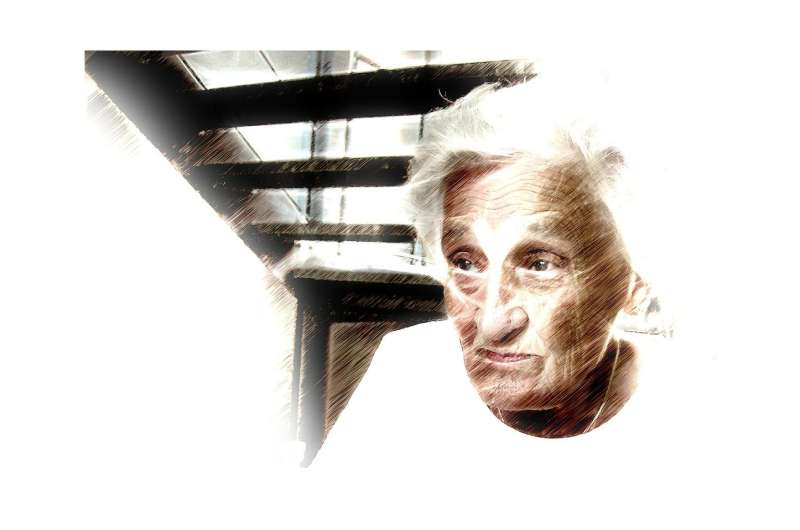Credit: CC0 Public Domain
More physical activity and at higher intensities could lead to a big drop in the risk of death in older women from any cause, according to new research in the American Heart Association's journal Circulation.
Researchers found the volume of light intensity physical activity or sedentary behavior was not associated with death rate. However, light intensity activity may be beneficial for other health outcomes not studied in this research.
Previous studies, which used self-reports, showed that active people have about 20 percent to 30 percent lower death rates compared to their least active counterparts.
This research, conducted from 2011 to 2015, is among the first to investigate physical activity, measured using a wearable device called a triaxial accelerometer, and a clinical outcome. The device is capable of measuring activity along three planes: up and down, front to back and side to side. These capabilities increase sensitivity to detect physical activity and allow for more precise measurements.
"We used devices to better measure not only higher intensity physical activities, but also lower intensity activities and sedentary behavior, which has become of great interest in the last few years," said I-Min Lee, M.B.B.S., Sc.D., the study's first author and professor of medicine and epidemiology at Harvard University's medical and public health schools in Boston, Massachusetts.
More than 17,700 women (average age 72) who were asked to wear the device for seven days, when awake, returned their devices. Data were analyzed from 16,741 compliant participants (i.e., their devices showed it was worn for at least 10 hours a day, on at least four days). During an average follow-up of approximately two-and-a-half years, 207 women died.
Researchers found:
- More moderate to vigorous intensity physical activity (such as brisk walking) was associated with roughly a 60 percent to 70 percent lower risk of death at the end of the study among the most active women, compared to the least active.
- More light intensity activity (such as housework and slow walking - e.g., window shopping in a mall), or more sedentary behavior was not independently associated with death risk at the study's end. Researchers stressed this finding does not mean light activity isn't beneficial for other health outcomes not studied here.
Researchers chose this study population to begin addressing knowledge gaps, said Lee who is also an associate epidemiologist at Brigham and Women's Hospital in Boston. "Younger people in their 20s and 30s generally can participate in vigorous intensity activities, such as running or playing basketball. But for older people, vigorous intensity activity may be impossible, and moderate intensity activity may not even be achievable. So, we were interested in studying potential health benefits associated with light intensity activities that most older people can do."
The study's participants, selected from the Women's Health Study, were relatively healthy, and mostly white women, therefore the findings may have limited generalizability to other groups of people.
The findings support 2008 federal guidelines and American Heart Association that suggest at least 150 minutes a week of moderate intensity or 75 minutes a week of vigorous-intensity aerobic physical activity (or a combination of the two) and muscle-strengthening exercises two or more days a week.
"We hope to continue this study in the future to examine other health outcomes, and particularly to investigate the details of how much and what kinds of activity are healthful. What is irrefutable is the fact that physical activity is good for your health," Lee said.
More information: Circulation (2017). DOI: 10.1161/CIRCULATIONAHA.117.031300
Journal information: Circulation
Provided by American Heart Association























